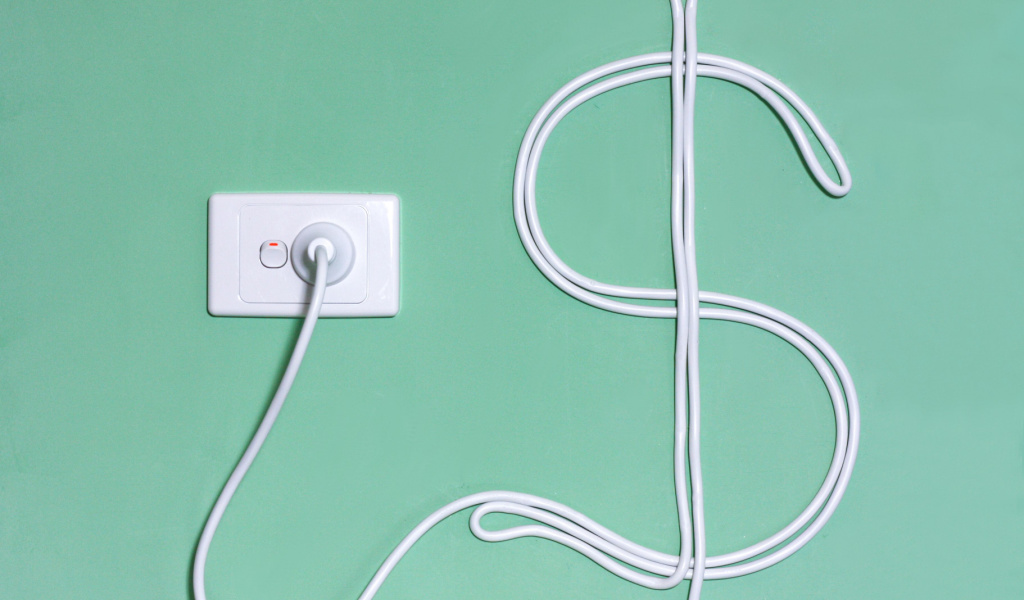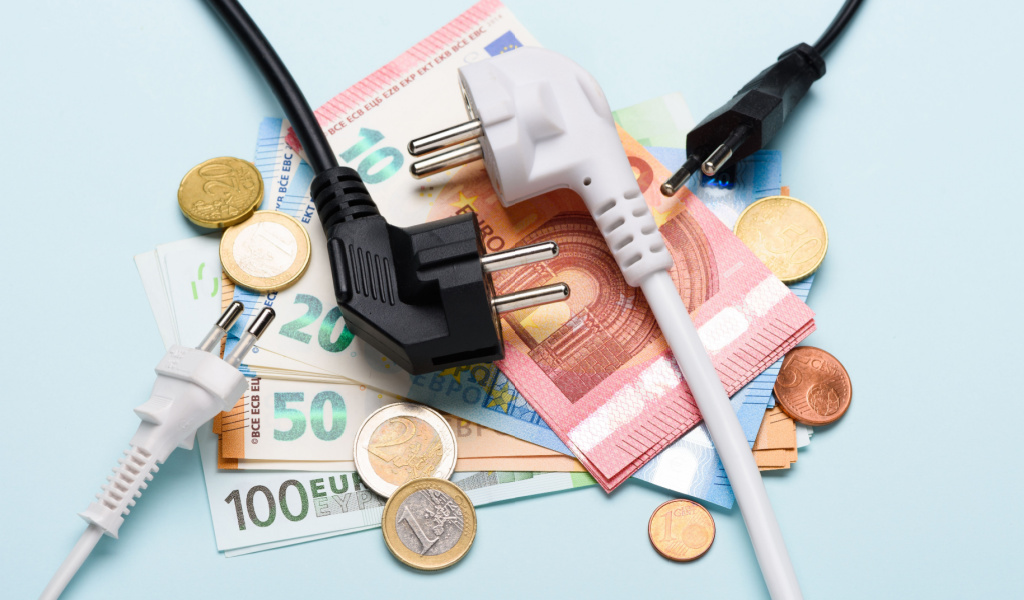The cost of living has skyrocketed recently, with inflation rates and everything else increasing worldwide. This includes the cost of energy and utility bills. In fact, a typical family in the US spends more than $1,400 a year on utilities. But did you know that tweaking your usage and being smart with how you operate can help lower electric bills by as much as 25%?
There are some standard tips to lower your electric bills, like turning off the lights and taking quicker showers. However, in addition to this, there are so many more generally overlooked ways that you can reduce your bill. In this article, we look at ways to save money on your electric bills that go beyond the basics.

Replace Your Old Bulbs with LEDs
CFLs and old filament bulbs consume a considerable amount of electricity. Replace them with LED bulbs, and in addition to cutting down on your electricity bills, the brightness of these bulbs is far more prominent too. To delve deeper into the figures, a 100-watt filament bulb consumes one unit of electricity in ten hours. In comparison, a 9-watt LED consumes only one unit of electricity after 111 hours. So think of the savings you can make!
Check The Rating When Purchasing Electric Items
Buying electronic goods like air conditioners, fridges, and others requires careful attention, particularly when reviewing the rating. It’s a good idea to purchase items with a 5-star rating, and while the product price may be high, your electricity bill will be much lower. When you put it into perspective, it helps you to save more in the longer run.
Keep An Eye on The Fridge
The fridge is plugged in and running all day, so naturally, it consumes a lot of energy. For example, for every ten minutes that the fridge door is left open, it takes more than half an hour to cool it back to its original temperature – so it’s wise to keep your trips to the fridge quick and efficient. Another tip is not to put hot food into the refrigerator because it could increase the temperature inside, which requires extra work to draw more energy to help the temperature cool down.
It’s also vital that you don’t keep your fridge too cool. The colder it is, the more energy it consumes. Instead, set your fridge temperature between 1.5-3°C and your freezer at about -18°C. This is the perfect temperature to keep your food fresh while reducing electricity consumption.
Invest In Solar Panels
Solar technology converts sunlight into electrical energy to power your home. It’s a great way to save energy. While the initial costs are pretty daunting, it’s smart and cost-effective in the long run considering that you’re essentially paying today for the electricity you’ll be using for the next 20 years or so!
Switch Off Appliances That Are Not in Use
How often do you forget to turn off the light or fan when leaving a room? However, it’s essential to understand that this innocent mistake could add to monthly electricity bills. For example, if you forget to unplug the toaster after fixing breakfast, it could sap energy until the next time you use it – not to mention it is extremely hazardous! So, be sure to unplug appliances after you have used them. Also, consider plugging your remote-controlled devices into a smart power strip. This way, it will automatically turn off all the devices that are not in use.

Your HVAC System Should Be Well Maintained
For the perfect indoor temperature, the heating and cooling system has to work, mainly if the temperature outside is extreme. An ideal way to keep your HVAC system from skyrocketing your electric bill is by maintaining it properly. Be sure to replace the air filter regularly. The air filter is responsible for keeping dust and debris out of the air in your house. When these particles accumulate in the filter, the system has to work harder to help the air move through. You can reduce your electricity bills by checking the air filter routinely. At the same time, service your system once a year, and if the service technician alerts you of any issues, clean it promptly.
Wash Clothes in Cold Water
Our grandmothers would talk about how using hot water helps clean clothes. This is usually because laundry detergents back in the day needed heat to activate. Thankfully, modern detergents work just as well in cold water. Heating the water to wash your clothes consumes a lot of energy, and when you wash them in cold water, you’re significantly reducing electricity consumption. To be more energy-conscious, you can even skip a cycle in the hot dryer and line-dry your clothes.
Seal Any Air Leaks
Air leaks can drain your electricity bills because your heater has to work harder to keep the room warm to compensate for all the warm air that’s seeping through the gaps in your doors and windows. Sort this out by getting some pressure-sensitive weather strips. These are backed with adhesive, so they can easily stick to the frames of your doors and windows. When compressed, the rubber or plastic acts as a seal and prevents air from escaping or coming in.
Configure The Thermostat
Heating your house is one of the primary uses of electricity. But if you’re wise in using it, you can significantly reduce your electricity usage. Lower the thermostat by two degrees to save up to five percent on your heating bill. It’s also wise to invest in a smart thermostat that automatically adjusts the temperature as you want it. One very important thing to remember is to position the thermostat in the perfect place, ideally on an interior wall close to the center of the house, away from direct sunlight, doors, or hallways.
Have Shorter Showers
A typical shower uses about 40 gallons of water. When you cut down two minutes from your usual shower, you reduce water consumption by about five gallons. Also, replace the old shower head in your bathroom with an energy-efficient one. This allows you to save nearly 3000 gallons of water every year. Therefore, the less hot water you use, the more energy you save.
Remember that reducing your energy expenses doesn’t mean that you have to sacrifice your usual comforts. All you need to do is be smart with your usage. We hope the above steps can impact your cost-saving goals and energy usage and help you become environmentally conscious!



